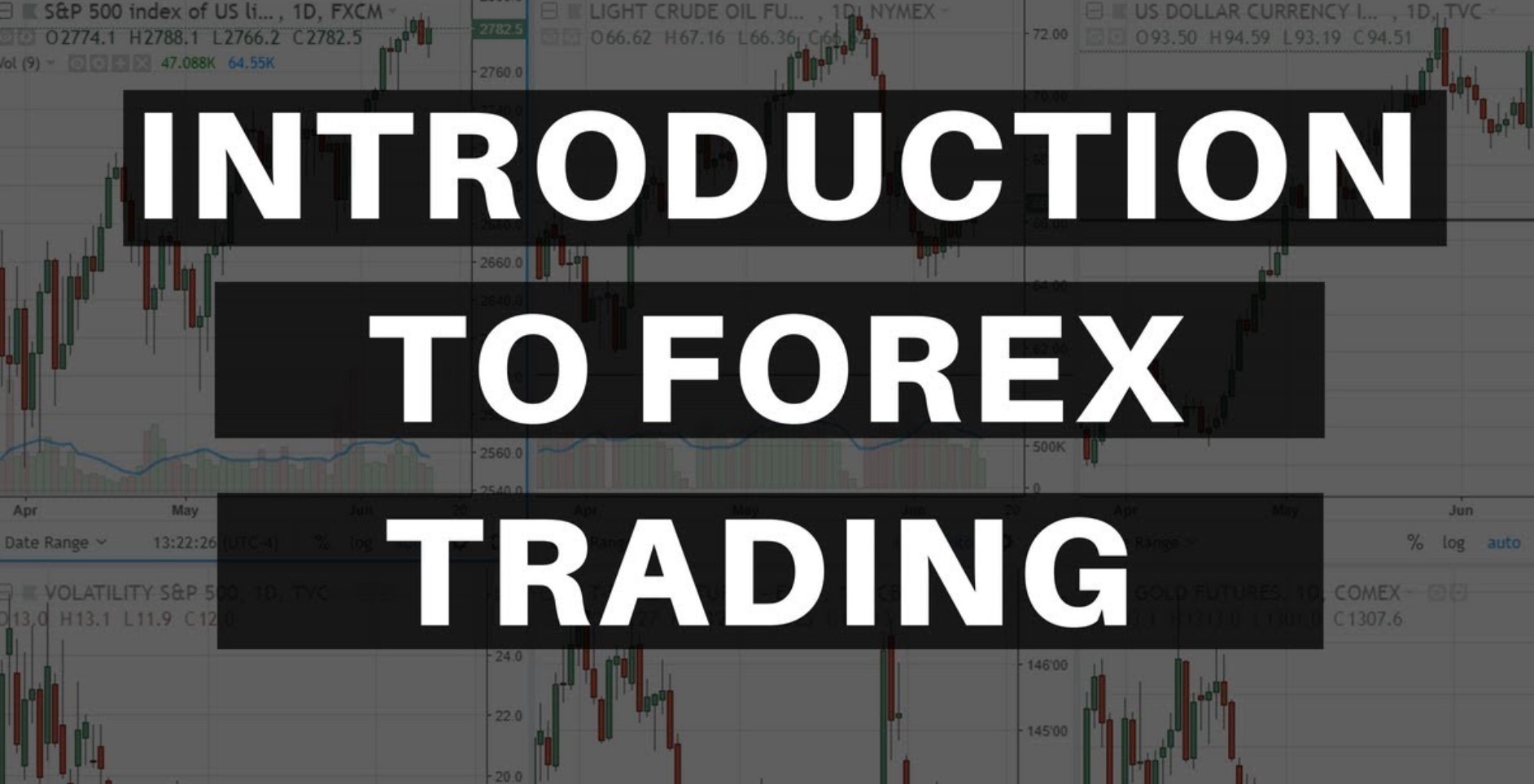Are you intrigued by the world of financial markets and interested in exploring opportunities to invest? Look no further than Forex trading! Forex, short for Foreign Exchange, is the largest and most liquid financial market in the world. We will provide you with a comprehensive introduction to Forex trading, covering everything you need to know as a beginner.
What is Forex Trading?
Forex trading is the process of buying and selling currencies with the aim of making a profit from the fluctuations in their exchange rates. It involves the simultaneous buying of one currency and selling of another. Currencies are traded in pairs, and the value of one currency is determined by its relative value to another currency in the pair.
How Does Forex Trading Work?
Forex trading takes place in the decentralized global market where participants trade currencies electronically. The trading is done over-the-counter (OTC) through computer networks, rather than on a centralized exchange. The Forex market operates 24 hours a day, five days a week, enabling traders from all around the world to participate.
Benefits of Forex Trading
- High Liquidity: The Forex market is the largest financial market globally, with trillions of dollars traded daily. This high liquidity ensures that traders can easily enter and exit positions at any time.
- Accessibility: Forex trading is accessible to individuals with various budgets. With the advent of online trading platforms, anyone with an internet connection can start trading from the comfort of their own home.
- Leverage: Forex brokers offer leverage, allowing traders to control larger positions with a smaller amount of capital. This amplifies potential profits, but also increases the risk, so caution is necessary.
- Diversification: Forex trading provides an opportunity to diversify investment portfolios. As currencies are affected by various factors, trading different currency pairs can help spread the risk.
Getting Started with Forex Trading
To begin your Forex trading journey, follow these steps:
- Educate Yourself – Learn about Forex trading concepts, terminology, and strategies through online courses, books, and reputable educational resources.
- Set Clear Goals – Define your trading goals, such as your desired level of income, time commitment, and risk tolerance.
- Choose a Reliable Forex Broker – Select a reputable broker that offers a user-friendly trading platform, competitive spreads, and strong customer support.
- Open a Trading Account – Complete the broker’s registration process and open a trading account. Choose between a demo account for practice or a live account for real trading.
- Develop a Trading Plan – Create a trading plan that outlines your trading strategy, risk management rules, and trading schedule.
- Start Small – Begin with small trade sizes and gradually increase your position sizes as you gain experience and confidence.
- Continuously Learn and Adapt – Forex trading is a lifelong learning process. Stay updated with market news, analysis, and economic indicators to refine your trading strategies.
Choosing a Reliable Forex Broker
When selecting a Forex broker, consider the following factors:
- Regulation: Choose a broker regulated by reputable financial authorities to ensure the safety of your funds.
- Trading Platform: The trading platform should be user-friendly, stable, and equipped with essential features like charting tools and order execution options.
- Spreads and Commissions: Compare the spreads and commissions offered by different brokers. Lower transaction costs can significantly impact your overall profitability.
- Customer Support: Opt for a broker that provides prompt and helpful customer support through various channels.
- Deposit and Withdrawal Options: Check the deposit and withdrawal methods supported by the broker and ensure they are convenient for you.
Understanding Currency Pairs
In Forex trading, currencies are always traded in pairs. The first currency in the pair is called the base currency, and the second currency is the quote currency. The exchange rate between the two currencies indicates how much of the quote currency is required to purchase one unit of the base currency. For example, in the EUR/USD currency pair, the Euro (EUR) is the base currency, and the U.S. Dollar (USD) is the quote currency.
Reading Forex Charts
Forex charts provide valuable information about currency price movements. There are various types of charts, including line charts, bar charts, and candlestick charts. These charts display historical price data and help traders identify trends, patterns, and support/resistance levels. Learning to read Forex charts is essential for technical analysis and making informed trading decisions.
Fundamental Analysis in Forex
Fundamental analysis involves evaluating economic, social, and political factors that can influence currency prices. Traders who use fundamental analysis study indicators such as interest rates, inflation rates, GDP growth, employment data, and geopolitical events to assess the overall health and prospects of economies. This analysis helps traders understand the long-term trends and make informed trading decisions.
Technical Analysis in Forex
Technical analysis focuses on studying historical price data and using various technical indicators to predict future price movements. Traders who utilize technical analysis analyze chart patterns, trends, support/resistance levels, and indicators like moving averages and oscillators. By identifying patterns and signals, technical analysis helps traders identify entry and exit points for trades.
Developing a Trading Strategy
A trading strategy is a set of rules and guidelines that define when and how to enter and exit trades. Developing a well-defined trading strategy is crucial for success in Forex trading. Consider the following elements when creating your strategy:
- Timeframe: Determine the timeframe you will trade in, such as day trading, swing trading, or long-term investing.
- Entry and Exit Signals: Identify the criteria that will trigger your entry and exit from trades. This can be based on technical indicators, chart patterns, or fundamental analysis.
- Risk Management: Define how much capital you are willing to risk on each trade and set appropriate stop-loss and take-profit levels.
- Money Management: Decide how much of your capital you will allocate to each trade, considering your risk tolerance and overall account balance.

